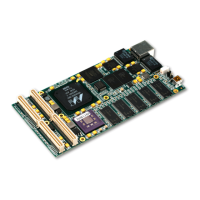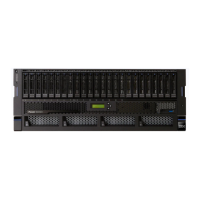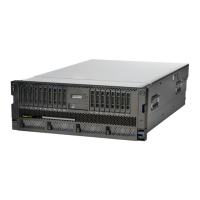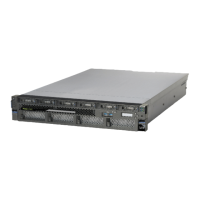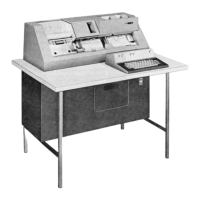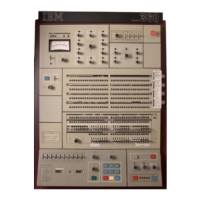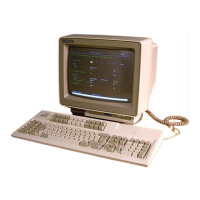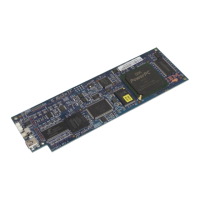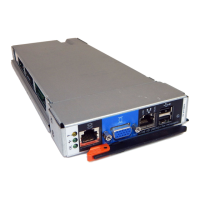12.7 Processor Control
The PPC405GP provides the following debug functions for processor control. Not all facilities are
available
in
all debug modes.
Instruction
Step The processor is stepped one instruction at a time, while stopped, using the
JTAG
debug port.
Instruction
Stuff
While the processor
is
stopped, instructions can
be
stuffed into the processor
and executed using the
JTAG
debug port.
Halt The processor can be stopped by activating
an
external halt signal
on
an
external event, such as a logic analyzer trigger. This signal freezes the
processor
architecturally. While frozen, normal instruction execution stops and
architected processor resources can be accessed and altered using the
JTAG
debug port. Normal execution resumes when the halt signal
is
deactivated.
Stop
The processor can be stopped using the
JTAG
debug port. Activating a stop
causes the processor to become
architecturally frozen. While frozen, normal
instruction execution stops and the architected processor resources can be
accessed and altered using the
JTAG
debug port.
Reset
An
external reset signal, the
JTAG
debug port, or
DBCRO
can request core,
chip, and system resets.
Debug Events A debug event triggers a debug operation. The operation depends on the
debug mode. For more information and a list of debug events, see
"Debug
Events"
on
page 12-16.
Freeze Timers The
JTAG
debug port or
DBCRO
can control timer resources. The timers can
be
enabled
to
run, freeze always, or freeze on a debug event.
Trap
Instructions
The trap instructions
tw
and
twi
can
be
used, with debug events, to implement
software breakpoints.
12.8 Processor Status
The processor execution status, exception status, and most recent reset can
be
monitored.
Execution Status The
JTAG
debug port can monitor processor execution status to determine
whether the processor is stopped, waiting, or running.
Exception Status The
JTAG
debug port can monitor the status of pending synchronous
exceptions. .
Most
Recent Reset The
JTAG
debug port or
an
mfspr
instruction
can
be
used to read the Debug
Status Register (DBSR) to determine the type of the most recent reset.
12.9 Debug Registers
Several debug registers, available to debug tools running
on
the processor, are not intended for use
by application code. Debug tools control debug resources such
as
debug events. Application code
that uses debug resources can cause the debug tools
to
fail, as well as other unexpected results,
such
as
program hangs and processor resets.
Application code should not use the debug resources, including the debug registers.
12-8
PPC405GP User's Manual Preliminary
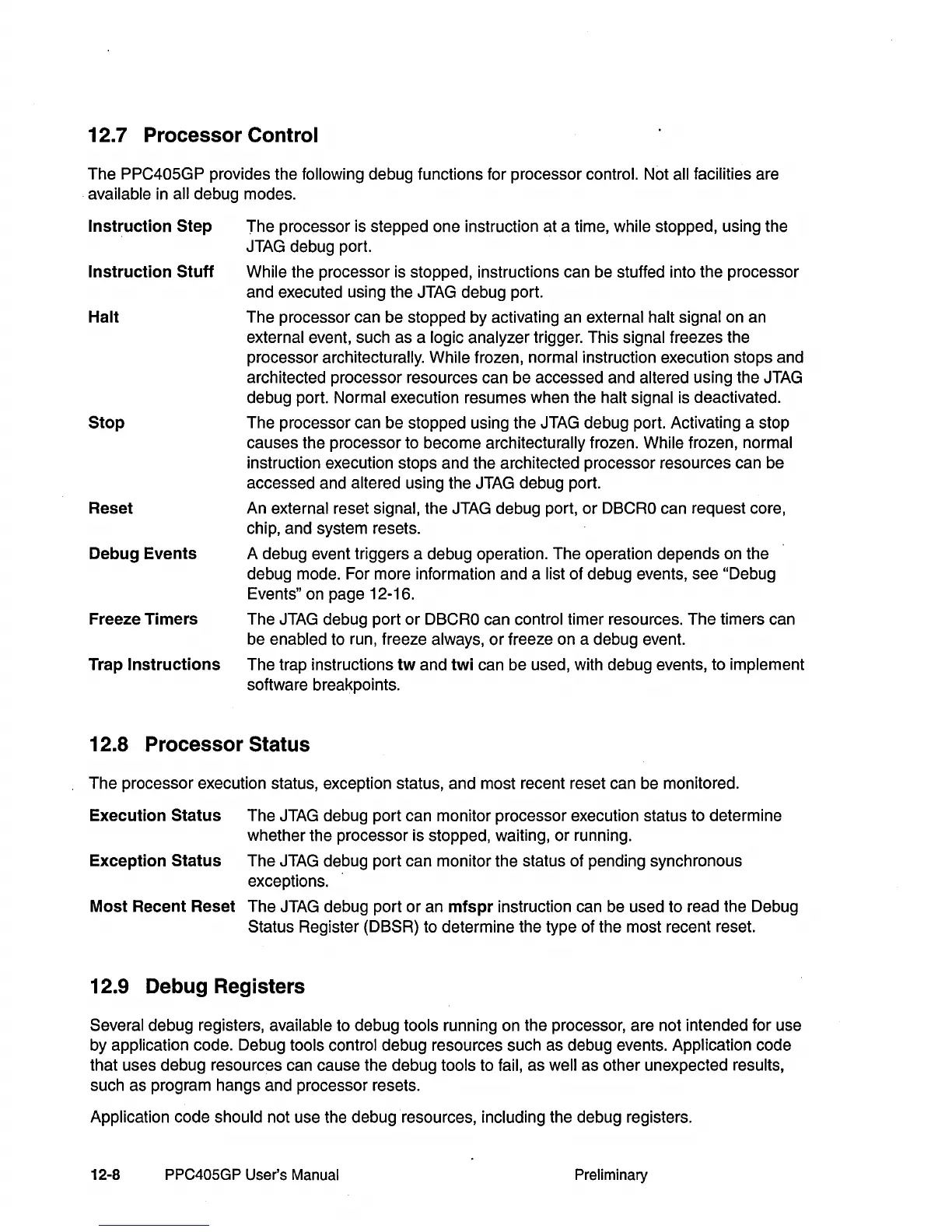